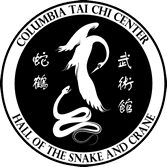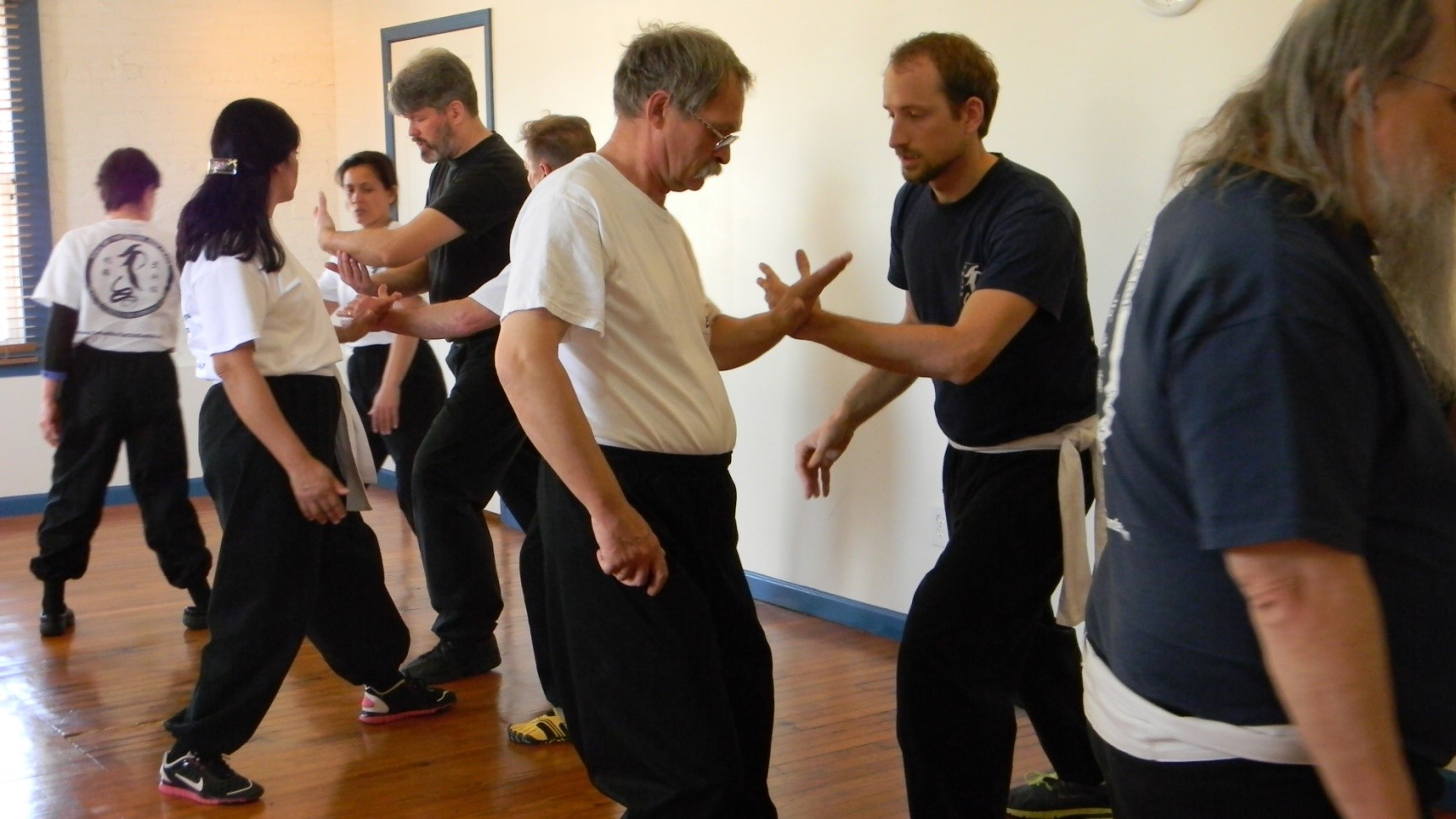By Barbara (Bobbie) Purvis
If you are serious about Tai Chi (and it doesn’t matter if you are a beginner, intermediate or advanced student), you should be aware of the many benefits of a training practice called Push Hands (also referred to as Tui Shou).
Push Hands is a practice that generates a lot of discussion. Consummate Tai Chi practitioners believe it is essential to help develop a deeper Tai Chi practice, while others, whose main focus may be health and wellness, see it as optional (and the same arguments can be made for Martial Applications practice, the subject of another post).
What makes Tai Chi so unique is that it really doesn’t matter why you practice (for health, wellness, physical fitness, self defense, meditation, lifestyle, or philosophical reasons), the more aspects of the practice you engage in, the greater your depth of knowledge, which will lead to a greater degree of intensity in your practice, and greater benefits.
In an article written by Ian Sinclair (martial arts instructor in Orillia, Ontario), he likens Push Hands practice to a biofeedback session:
“…solo practice [of the Tai Chi form] just doesn’t give us an objective point of view of ourselves the way push hands does…. If you want to know if your posture is correct, or to know if your mind is clear, or to know if you are in harmony with the universe, then play push hands. If you lose your balance, use force, or get knocked over, then you will know that you have some work to do. Push hands can teach you what your mistakes are and help you to correct them, especially if you have a patient training partner.”
The bottom line is that Tai Chi students who are looking to develop a high level of martial skill should definitely practice Push Hands. But the practice is also beneficial to those who are learning Tai Chi for health, to stay fit, or to develop a calm, peaceful mind.


